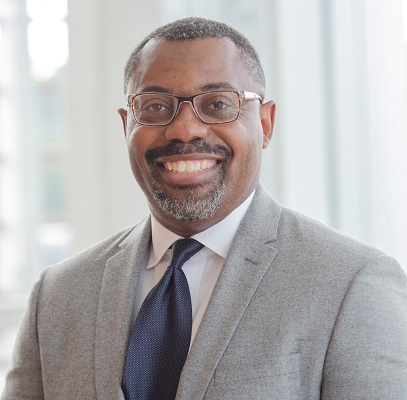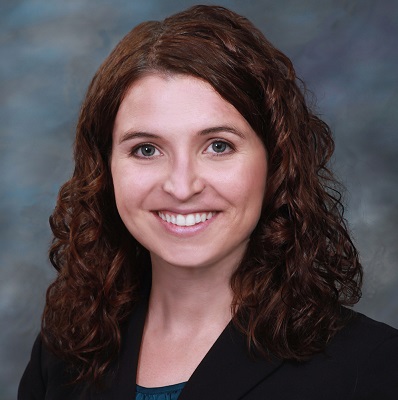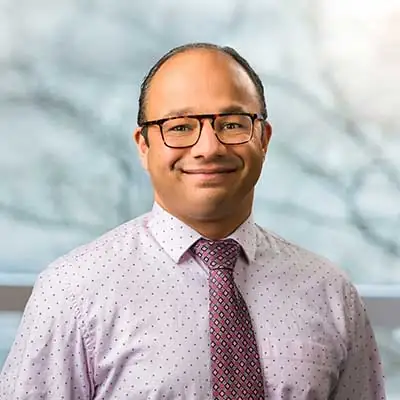About Us
Children’s Nebraska’s Osteogenesis Imperfecta Clinic aims to improve the quality of life for children with OI. Our team of multispecialty pediatric experts delivers compassionate care using the most advanced technology and medical treatments.
We tailor treatments to each child’s unique needs, offering one of the nation’s leading programs for moderate to severe OI. Focused on improving comfort, growth and development, we collaborate with families to achieve their goals. Our commitment to ongoing research ensures we provide the latest treatment options, helping children with OI achieve the best possible outcomes and live their best lives.
Contact Us
Address:
Children's Nebraska Specialty Pediatric Center, 2nd Floor
111 S. 84th Street
Omaha, NE 68114
Phone:
Email:
Fax:
402.955.6529
Conditions We Treat
Osteogenesis Imperfecta
Osteogenesis Imperfecta (OI) is a genetic disorder that affects the body’s ability to produce collagen, the protein that strengthens bones and connective tissue. As a result, bones become fragile and break easily, often with little or no cause. The severity of OI can vary significantly, with some children experiencing frequent fractures, while others may only show mild symptoms. Cases range from mild, where OI may go undetected, to moderate, with more frequent fractures and fragile bones, to acute cases that can significantly impact life expectancy, often due to respiratory failure. OI affects children of all genders and ethnicities and can have a wide range of symptoms, depending on the severity of the condition.
Meet Our Providers
Our team of pediatric experts includes a multispecialty team of healthcare professionals specially trained and experienced in treating and managing children with OI. Our providers understand the unique challenges children face and collaborate to offer comprehensive, compassionate care.






Treatments and Services
We treat the whole child by creating customized care plans that are adjusted as needed. We consider factors like pain, fracture potential, age, growth, dietary needs and any financial, mental health or behavioral concerns when developing individualized treatment plans.
Our program, one of the most advanced in the nation for moderate to severe OI, includes bone-strengthening medication and when necessary surgical insertion of growing rods to improve comfort, growth and development. Treatment options are tailored to each child's unique needs and may include a combination of the following therapies:
Locations
Related Specialties

Orthopedics

Genetics

Gastroenterology, Hepatology & Nutrition

Physical Therapy

Occupational Therapy

Audiology

Neurosurgery
Next Steps
Step 1: Contact Us
Call 402.955.6300 — It’s the easiest way to reach us. You may also fax us at 402.955.6529.
Step 2: Schedule a Consultation
During the consultation, we’ll assess your child’s condition and determine what should happen next.
Prepare for Your Visit
What Sets Us Apart
Exclusive Experts
Our OI team includes pediatric experts in genetics, orthopedic surgery, gastroenterology, endocrinology and metabolic medicine. All are highly trained and experienced in treating and caring for children with osteogenesis imperfecta.
Multidisciplinary Care
Our multidisciplinary team collaborates across divisions to ensure each child receives comprehensive care to meet all their health needs — from orthopedics and physical therapy to audiology and dentistry.
Family Involvement
We consider families as valuable members of our team. Our providers, nurses and specialists collaborate closely with parents and guardians to maximize care and enhance each child’s development.



